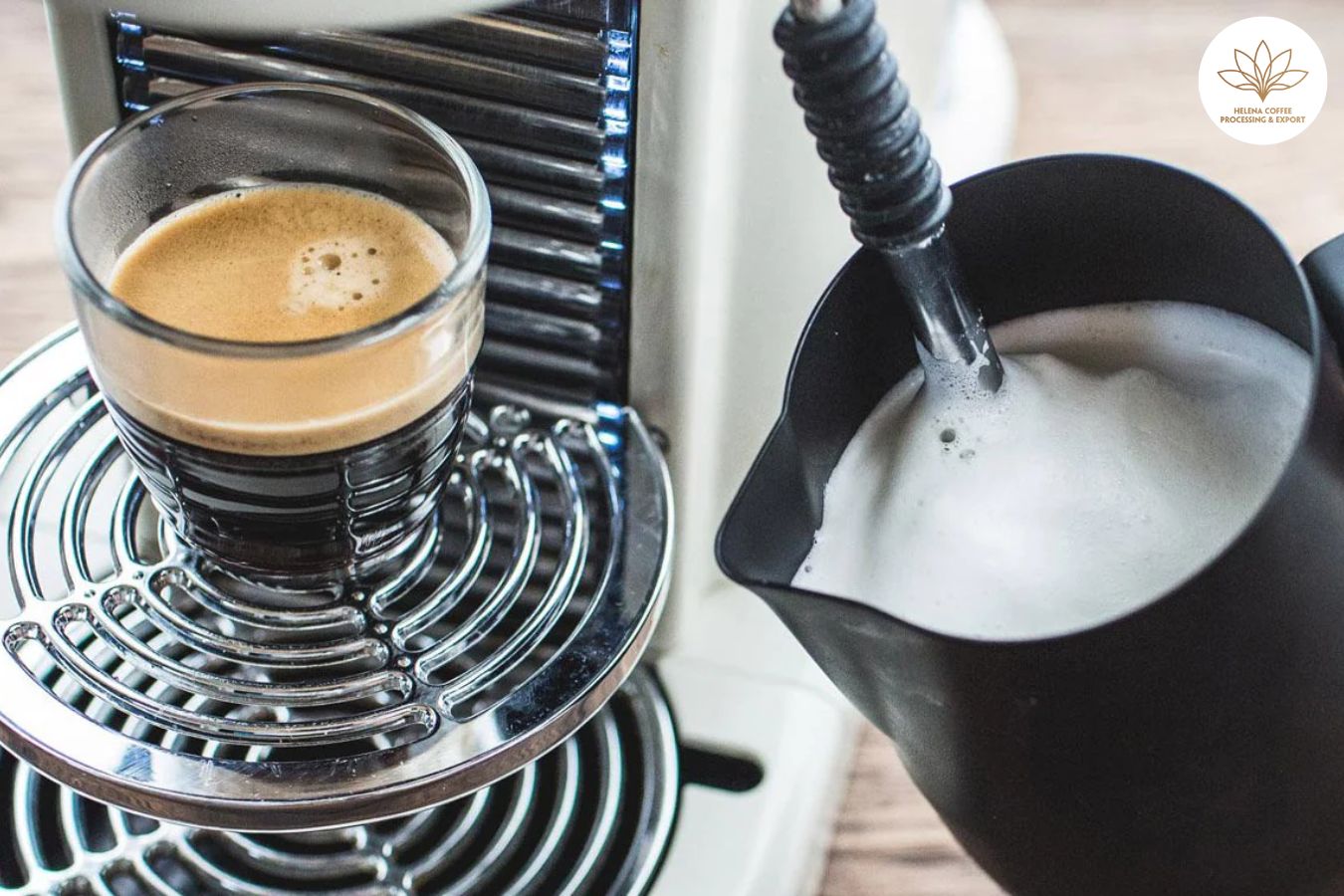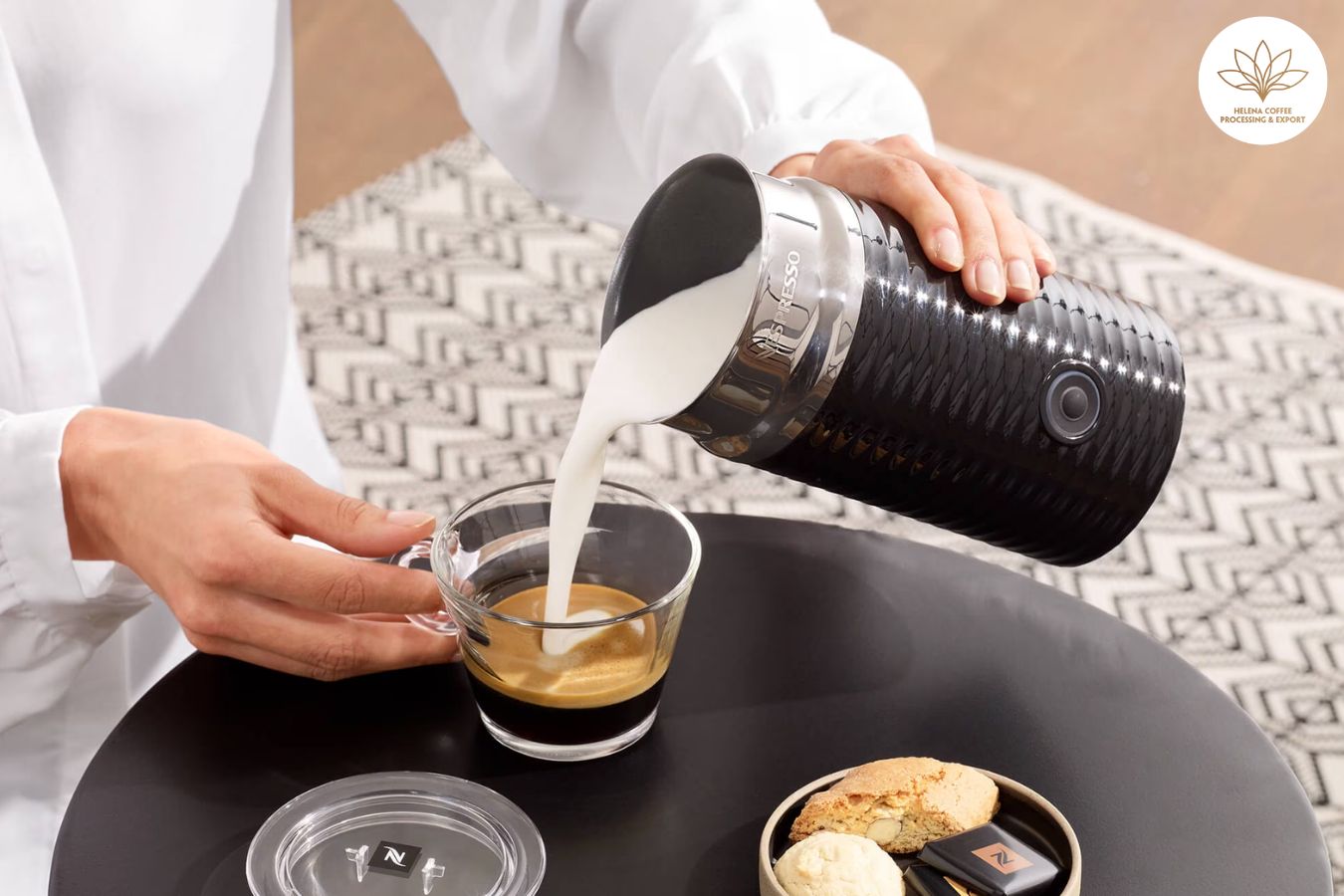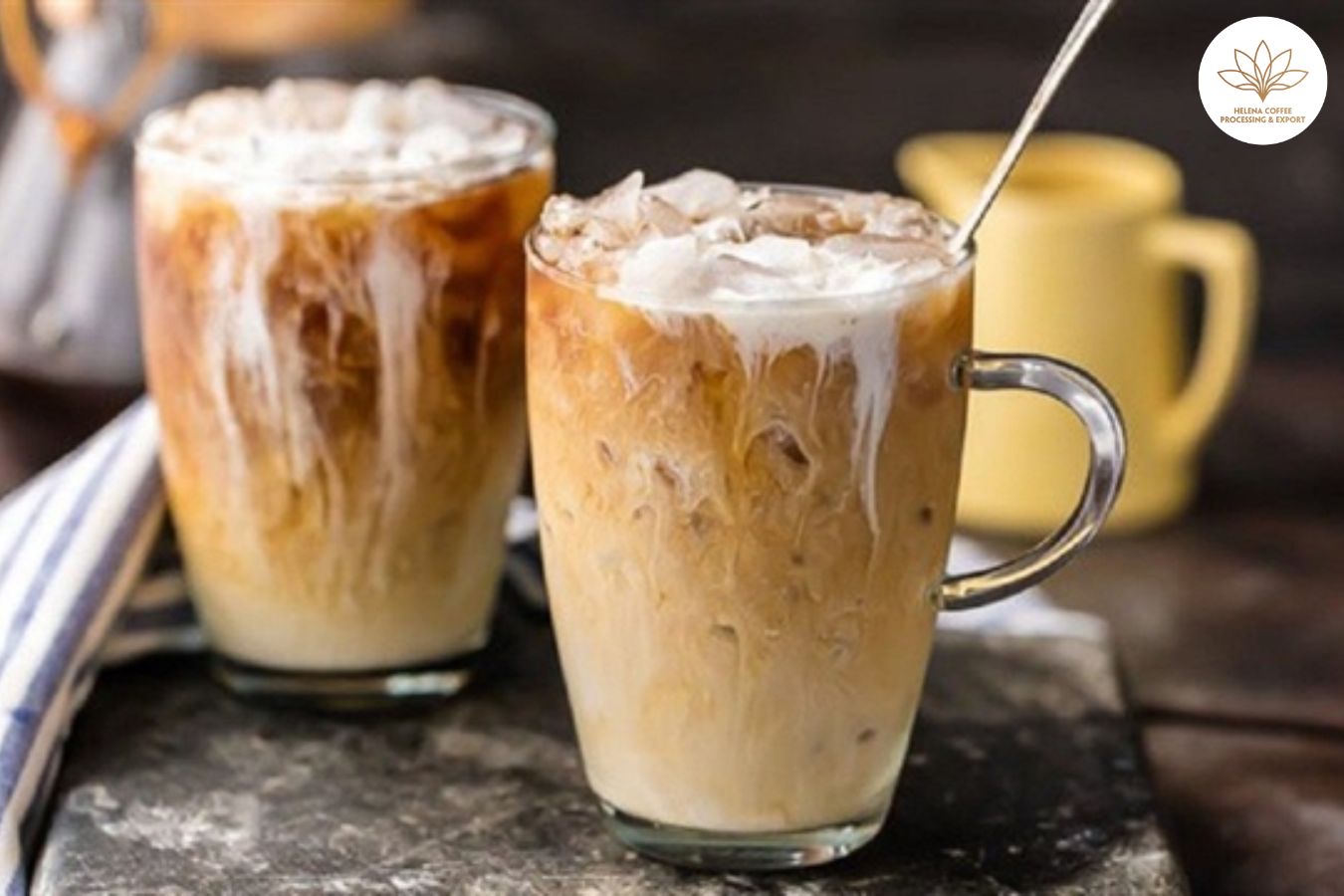
What type of milk is best for latte art? Globally, milk-based coffee drinks such as flat whites, lattes, and cappuccinos are immensely popular, with cow’s milk being the core ingredient in about 91% of coffee beverages in 2020. However, there’s a noticeable shift towards plant-based alternatives gaining ground.
The allure of these beverages isn’t just in their creamy richness or inherent sweetness; it’s also the visual and sensory delight of latte art. The intricate designs rendered in velvety microfoam not only enhance the visual charm but also elevate the overall enjoyment of the drink.
Yet, the burgeoning variety of available milks, especially plant-based varieties, presents a conundrum for both baristas and consumers alike: determining which milks can achieve the best latte art. To demystify this, I engaged with three seasoned coffee experts. Their insights are forthcoming.
The Role of Milk Coffee and the Artistry of Latte Design
The Purpose of Milk Coffee
Across the globe, milk—especially from cows—constitutes a dietary mainstay, with an estimated 270 million dairy cows producing milk for human consumption. In contrast, some cultures exhibit a preference for plant-based milks, such as soy.
Milk is commonly added to coffee, whether it’s brewed as espresso or through other methods, for a multitude of reasons. Primarily, milk serves to counterbalance the inherent bitterness that many associate with coffee, transforming it into a sweeter, milder drink. Beyond altering the flavor profile, milk enriches the beverage’s texture, lending it a smoother, more rounded mouthfeel.
This textural enhancement becomes especially pronounced with steamed milk, which yields a luxurious microfoam capable of being sculpted into latte art.
The Appeal of Latte Art
Alessandro Zengiaro, Technical Lead at Assembly Coffee and Volcano Coffee Works in London, UK, illuminates the allure of latte art in the coffee experience. “Just as a visually appealing dish can elevate the dining experience, so too does latte art enhance the enjoyment of coffee,” he observes.

Research published in The Journal of Sensory Studies indicates that customers are often willing to pay up to 13% more for coffee adorned with high-quality latte art, and they do so with satisfaction.
Zengiaro also notes the dual benefits of latte art, highlighting that it’s not just customers who take pleasure in these designs. “Pouring latte art is enjoyable for baristas and serves as a platform to showcase their expertise,” he says. “Competitions and events like latte art throwdowns foster community engagement and skill demonstration within the coffee industry. It was, in fact, a driving force behind my own practice with latte art.”
Alexander Ntatsos, a two-time Swedish Latte Art Champion and owner of Splash Coffee Company in Stockholm, Sweden, speaks to the creative potential within latte art. “There’s a vast array of techniques for budding baristas to master, accelerating their skill development,” he explains. “Years ago, it took me about four years to perfect a heart, but now, with just a day of training, newcomers can learn to pour rosettas and tulips, and soon after, even more intricate patterns.”
The Emergence of Plant Milks in the Coffee Scene
Although dairy milk continues to dominate the coffee scene in many nations, the tide has been turning toward plant-based alternatives. In 2022 alone, the retail sales of plant milks soared by 6%, hitting a notable $19.1 billion globally.
The shift towards plant milks springs from various motivations. These alternatives accommodate dietary restrictions, such as lactose intolerance, and ethical choices, including veganism. Furthermore, plant milks often boast a lower environmental impact, presenting a more sustainable option compared to traditional cow’s milk.
The specialty coffee industry’s perception of plant milks has been evolving, particularly within competitive circles. Oat milk has been integrated into coffee shops for years, yet it wasn’t until 2019 that Canadian Barista Championship contestant Cristian Tellez made waves by using Minor Figures oat milk in his routine—a choice that controversially led to no points for his milk beverage.
Fast forward to October 2023, Mikolaj Pciecha, competing in the German Barista Championship, also chose oat milk for his performance. This sparked a pivotal moment the following month, as Suedhang Kaffee, Pciecha’s employer, issued a public plea to SCA Germany. The call to action urged the organization to eliminate the mandatory use of cow’s milk in competitions and to establish more inclusive rules, both nationally and for the World Barista Championship.
These collective efforts culminated in the landmark plant milk rule at the 2023 World Barista Championship, signaling a broader embrace of plant-based milks. This change was reflected in the choices of several competitors at that year’s WBC:
- Danish contender Patrik Rolf, finishing sixth, innovatively used coconut milk in his blend.
- Canadian semi-finalist Benjamin Put crafted a distinctive blend with 40% oat milk.
- UK entrant Ian Kissick presented a unique freeze-distilled oat milk.
This paradigm shift is largely attributable to the introduction of high-quality, barista-designed plant milks and the expanding array of options now gracing the market.
Determining the Optimal Milk is Best For Latte Art
The Expectation of Latte Art in Milk Beverages
Latte art has become an anticipated flourish in milk-based coffee drinks, and regardless of the milk choice, adept training is crucial. Renata Zanon, a seasoned coffee trainer and consultant from Italy, emphasizes the significance of latte art mastery for baristas, alongside comprehensive coffee preparation skills.
“Baristas must understand that the journey to perfecting latte art begins with the ability to extract an impeccable espresso,” she advises.
The Traditional Choice: Cow’s Milk
For latte art, cow’s milk has been the go-to option. Baristas aerate the milk to create a velvety microfoam, a process made possible by the unique properties of dairy milk. The proteins in milk, such as whey and casein, unfold when steamed, allowing baristas to manipulate the texture:
- The heating process caramelizes sugars like lactose, enhancing the milk’s sweetness.
- Milk proteins possess both hydrophobic and hydrophilic ends, the former being air-friendly, the latter water-friendly, which results in a stable foam structure.
- Fats in the milk contribute to the creamy mouthfeel and richness.
“Cow’s milk is the most forgiving and yields the best microfoam and texture,” explains Alessandro.
Alexander points out that dairy milk with a fat content between 3% and 3.8% is ideal, making the milk silkier and more conducive to latte art. He suggests steaming dairy milk to an optimal temperature range of 53ºC to 55ºC (127ºF to 131ºF) for superior latte art.
He also notes that lower-fat or lactose-free options can be trickier, and variations in a cow’s diet may impact the milk quality, affecting its suitability for latte art.
The Plant Milk Spectrum
With the rise in customer demand for plant-based alternatives, baristas have adapted. “When I relocated to Sweden in 2016, consistency with plant milks was a challenge, with some faring better than others,” recalls Alexander.
“Now, you can achieve high-quality designs with nearly all of them,” he adds.
Yet, plant milks can curdle with more acidic or lighter roast coffees. To avoid this, manufacturers often incorporate acidity regulators and stabilizers.
Oat Milk
Both Alessandro and Alexander find oat milk among the most barista-friendly plant milks, with Alessandro noting its foaming ease and Alexander recommending a similar steaming technique to that used for cow’s milk.
Almond Milk
The lower fat content of almond milk makes it a tougher medium for intricate latte art. Alexander advises sticking to simpler designs like hearts or tulips to mitigate challenges.
Other Plant-Based Milks
Alexander has experimented with a variety of plant milks, such as soy, fava bean, pea, and potato, while Alessandro expresses that macadamia milk posed the most difficulty.
For soy milk, Alessandro suggests that extra aeration can improve the drink’s texture. Alexander advocates for introducing steam earlier in the steaming process for alternative milks and recommends not exceeding 55ºC, swirling the milk as it heats.
“Brand variations can affect the milk’s foaming behavior,” Alexander observes. “To ensure quality, keep the temperature slightly below that of cow’s milk by tweaking your steaming method or adding a splash of cold milk before pouring.”
FAQS: